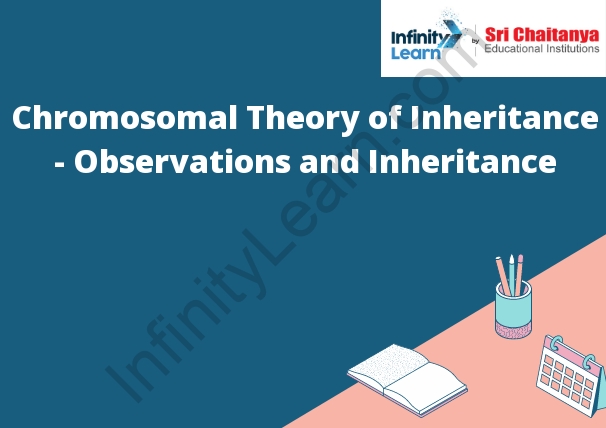Table of Contents
What are Chromosomes?
Chromosomes are the structures that make up the genetic material in the cells of living organisms. They made up of DNA, which is the molecule that carries the genetic information of an organism. Chromosomes found in the nucleus of the cell, and they are responsible for the inheritance of genetic traits. Chromosomes come in pairs, and the DNA in each chromosome coiled around proteins called histones. The number of chromosomes in a cell varies depending on the type of cell. For example, a human cell has 46 chromosomes, while a sperm cell has only 23.

The Chromosomal Theory of Inheritance
The chromosomal theory of inheritance the most accepted theory of how genetic information is transferred from parents to their offspring. The theory states that genes, which are the units of hereditary information, are located on chromosomes. Chromosomes are structures within cells that made up of DNA. During cell division, the chromosomes replicated and passed on to the daughter cells. The theory also states that the genetic information passed down from parent to offspring in a linear fashion. This means that the information on one chromosome passed on to the next generation without being mixed or recombined with information from other chromosomes.
Chromosomal Theory – Linkage and Genetic Recombination
- The chromosomal theory of inheritance is the theory that genes are located on chromosomes and that inheritance is due to the segregation and combinations of chromosomes during meiosis.
- The chromosomal theory was first proposed by Gregor Mendel in 1865, who suggested that genes were located on chromosomes. However, the chromosomal theory was not accepted until the early 1900s, after chromosomes discovered and their role in inheritance confirmed.
- One of the key findings that supported the chromosomal theory was the discovery of genetic recombination. Genetic recombination is the process of exchanging genetic material between chromosomes. This can occur during meiosis, when chromosomes pairing up and exchanging genetic material, or during mitosis, when genetic material copied from one chromosome to another.
- Genetic recombination can result in the creation of new genetic combinations, which can lead to the evolution of new species. It can also cause genetic disorders, such as Down syndrome, which caused by the addition of an extra copy of chromosome 21.
Observations of Chromosomal Theory of Inheritance
The chromosomal theory of inheritance is the belief that genes are located on chromosomes and that chromosomes passed from parents to their offspring during reproduction. The chromosomal theory of inheritance was first proposed by Gregor Mendel in 1865. Mendel’s experiments with peas demonstrated that genes passed from parents to their offspring in a predictable manner.
What is Mutation?
A mutation is a change in the DNA sequence of a gene. Mutations can caused by environmental factors, such as radiation, or by mistakes that occur as the DNA copied during cell division.
The Causes of Mutation
There are many different causes of mutation. Some, such as radiation, can be very harmful to the cell and can cause it to mutate. Others, such as errors during replication, are simply a part of the natural process and are not harmful to the cell.
For more visit Problem on Permutation and Combination





